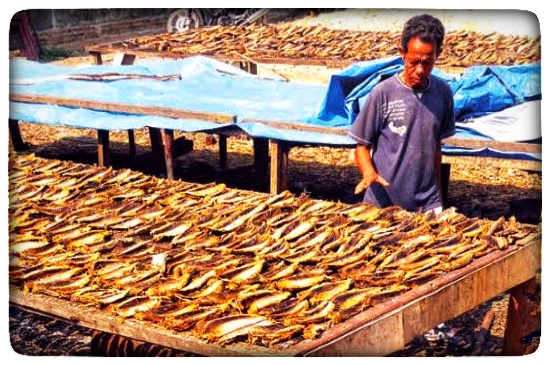Food Technology
Post-harvest handling can involve a simple technology, which may be adapted in rural areas as well as advanced technologies. A simple post-harvest technology such as sun-drying can reduce the level of damage while at the same time increasing the added value of the commodity.
Benefits of food technology
Fresh agricultural ingredients such as mushrooms, asparagus, and some other vegetables only last a few days, whereas when dried, their shelf life increases to several months. Based on the foregoing, food technology is very useful in the growing food industry, some of the benefits of food technology are:
- Extend the time and amount of food available.
- Facilitate storage and distribution.
- Increasing economic added value in the form of profit and social added value in the form of more job vacancies.
- Obtaining agricultural products that are more attractive, for example: appearance, taste, and other physical characteristics.
- Availability of agricultural waste materials that may still be used to produce other materials such as bagasse as a material for making paper, hardboard; banana and orange peels that can be used as a source of pectin, and others.
- Encouraging the increase in non-agricultural industries that support the agricultural industry such as the chemical industry, glass, packaging materials, and others.
Fruits and vegetables are a source of vitamins and minerals for the human body. According to research, nearly 35% of this material is damaged during harvesting, handling and distribution.
Obstacles of Industrialization of agricultural
Industrialization of agricultural products is still experiencing several obstacles, including:
- Production of raw materials is spread out, so the effort to collect these materials will increase production costs. For example: mangoes which are widely available in East Java are not located in one area only. Farmers only have a few mango trees that are not maintained in their respective yards.
- There are various varieties where the mixing of these fruit varieties will affect the quality of the product. In Indonesia, there are more than 250 varieties of bananas on the market.
- There is still a lack of supporting industries such as the can industry, preservatives, packaging, and others.
- There is still no formation of a good marketing system, and others.
Therefore, it is very unfortunate that efforts to increase food production to support non-oil and gas exports are still not successful because there is still a lack of attention to post-harvest handling problems. Food/food material technology which is closely related to engineering science can be applied in food preservation and processing efforts, because food is not always consumed in its fresh form but also in its processed form.
The existence of food technology greatly affects the availability of food. Nature produces food on a regular basis, while human need for food is routine.
We cannot postpone physical needs until harvest time arrives. Therefore, preservation technology was created so that food can be stored for a long period of time.
Preservation techniques also make it possible to distribute food ingredients evenly throughout the world. In the past, people in Asia could not enjoy European food.
But now because of food technology every nation can enjoy the special food of other nations.
Several ways of food processing and preservation techniques
There are several ways of food processing and preservation techniques, namely:
- cooling,
- drying,
- canning,
- packaging,
- the use of chemicals,
- the use of additives (additives) and heating.
In addition to preserving food that is easily damaged or spoiled in storage conditions before use, food drying also reduces costs and reduces difficulties in packaging, handling, transportation and storage, because by drying the material becomes dense and dry, so that the volume of the material is more compact, easy and convenient.
Save space in transportation, packaging and storage. Besides that, many foodstuffs are only consumed after drying, such as tea, coffee, chocolate and some types of grains. In addition to having many benefits for human life, it also has a deficiency in the balance of nature, namely the use of technology on agricultural land with the use of pest eradication poisons that can kill livestock and poison crops, which in turn poisons humans themselves.

